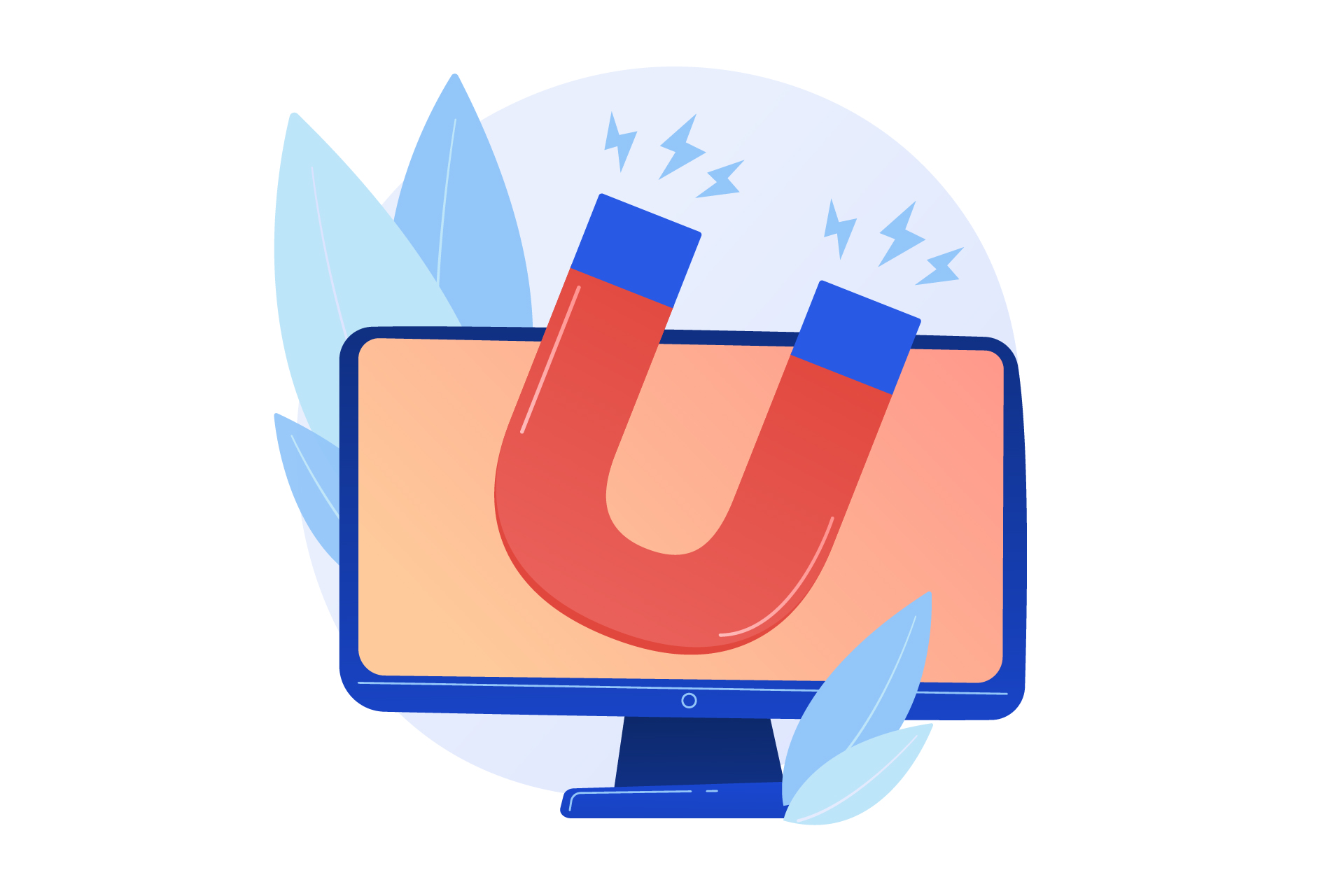In the modern market, we see how consumers have changed the way they buy the products they want. This, of course, for businesses means that they will have to adapt to the new situation, employing various techniques, especially when it comes to promoting their goods and services for sale.
One of the most popular marketing terms, therefore, internationally, is the so-called Inbound Marketing, which focuses on the ways in which the public can find a brand online, through relevant, useful and quality content (articles, e-mails, e-books, etc.). The key lies precisely in the content, and the goal is essentially for prospective customers to knock on your business’s door on their own.
To better understand how it works and why it’s effective, let’s look at a typical example: Let’s say you own an online store and you’re called upon to launch the necessary promotions to attract customers. Most likely, you will follow some traditional techniques such as printing brochures and posters or sending e-mails with discounts and offers.
This method can immediately bring you sales, but in the long run you will find that in reality you will not have gained loyal customers who can advertise to you themselves for free. This is Outbound Marketing – the opposite of Inbound – which often fails nowadays, on the one hand because the average person receives so many ads every day that they gradually end up ignoring them and on the other hand because everyone wants to know why they really need your product…
So, in the world of Inbound, prospective customers don’t expect you to sell them your products or services, but instead, to enlighten them about a problem they’re facing.
So, instead of starting to bombard your potential customers with commercials, we advise you to create a blog on your website. In other words, we recommend that you create targeted, useful and quality content, having knowledge of your products, as well as the prevailing pain points (e.g. if you sell anatomic shoes, realize the problem of those who need them and present relevant content on your blog, such as the causes of back pain and a purchase of anatomic shoes).
Here, it is important to make sure that your website has excellent SEO, so that users can easily find you in search engine results. This will gradually increase the flow of your visitors, who can become your subsequent customers. So, the secret lies in building trust with the audience through content and the pressure-free promotion of your products.
Here are the 4 different stages of an Inbound Marketing strategy:
- Attract visitors to the website
- Converting visitors into leads, i.e. people who have the potential to become customers of the company
- Convert leads into customers
- Transforming customers into repeat customers with high profit margins and company promoters
It’s important, of course, to understand that at each stage, both content and approach should be personalized for each customer. To achieve this, you’ll need to segment your potential audience into different personas (types of leads or customers), with common characteristics and ways of buying behavior.
We see, therefore, that Inbound Marketing is a marketing philosophy that can help you find loyal buyers of your services and products. So, start immediately renewing your business, gaining the attention of consumers.
